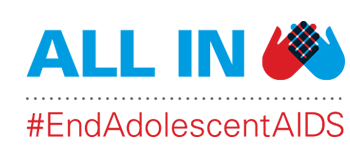Evaluation of Expansion and Scale-Up of HIV Sensitive Social Protection in Eastern and Southern Africa 2014-2018
This document evaluates the Expansion and Scale-Up of HIV-Sensitive Social Protection in Eastern and Southern Africa initiative, implemented by UNICEF in Malawi, Mozambique, Zambia and Zimbabwe from 2014-2018 with support from the Dutch government. It assesses the extent to which the initiative met its objectives and achieved the expected results and documents the successes, challenges and lessons learned in the implementation.
Under the initiative, UNICEF Eastern and Southern Africa Regional Office (ESARO) and UNICEF Country Offices provided technical assistance to the four priority countries, and documented cross-country learnings. Activities under this initiative differed in their design and execution, allowing for adaptation to country contexts. In Malawi, activities focused on monitoring and evaluation of the National Social Support Policy; designing and implementing a system to refer cash transfer beneficiaries to HIV-related social services; and creating demand for HIV services among adolescents. In Mozambique, activities focused on providing policy-level support to the operationalization of the new social protection strategy, strengthening community-based and statutory case management, and conducting social protection fairs. In Zambia, the Government and UNICEF evaluated and scaled up a package of services that aims to increase the utilization of HIV services by adolescents. In Zimbabwe, the initiative focused on strengthening the child protection case management system and ensuring linkages between the country’s flagship cash transfer programme and HIV-related services, by using payment days to deliver services. In addition, the initiative’s regional component, led by UNICEF ESARO, focused on documentation and dissemination of best practices and overall technical assistance to the country offices involved.
